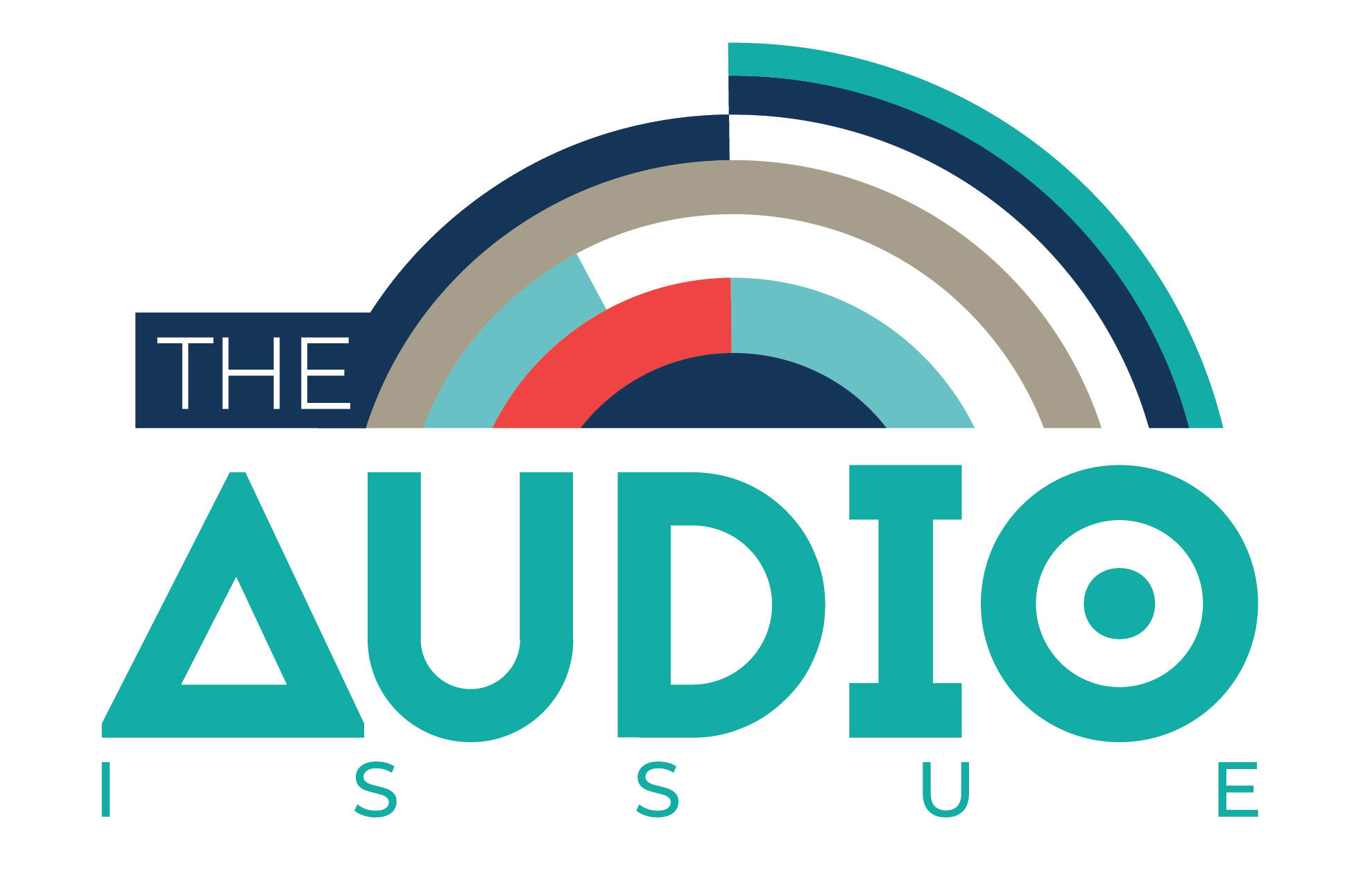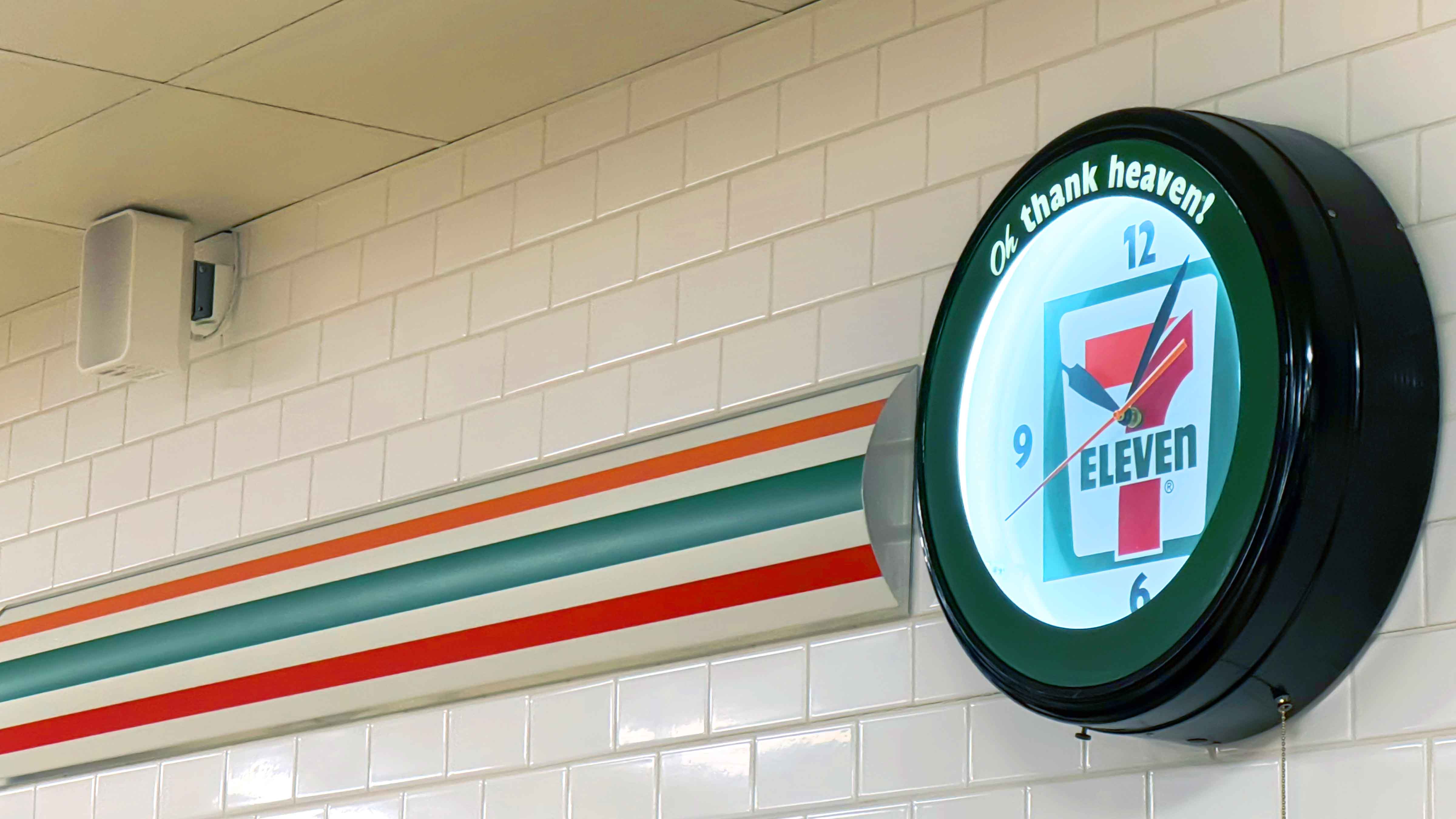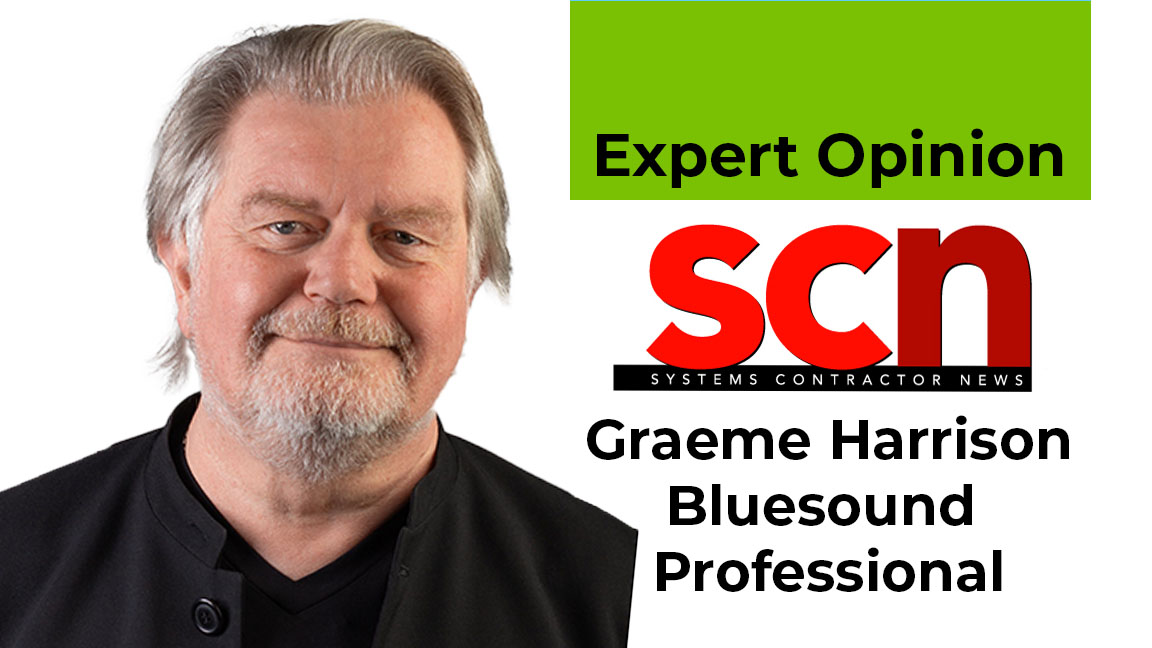
During the pandemic, we wondered how people would come back into physical spaces after it was safe to do so. The response was better than I imagined. In many countries, people rushed back to be together, something that I was very happy to see. The underlying reason for this is the polarizations that the world is going through are lessened if we can meet one-to-one and believe in our similarities as well as the differences that are all too easy to see online.
For a while after the pandemic, it was tough to get a reservation at a restaurant, shops were full, and artists were having trouble booking venues as there was so much demand for them. The converse was that the residential sector of the market was depressed, as everyone had spent their time in isolation working on their homes and now wanted to spend their money on getting out and seeing each other.
This trend lasted for the better part of a year before the pendulum started swinging the other way again, as it always does. We are now beginning to be able to see the new normal in which the balance has shifted; most people are doing more business online and spending less time in brick-and-mortar spaces than before.
Senses Working Overtime
As many of us thought, the pandemic accelerated trends that were already happening before it. The main effects in the retail sector are more online commerce, more deliberate shopping choices (which means less impulse buying), more purposeful and targeted shopping trips, and the rise of experiential retail.
It is this last trend, which goes along with the two before it, that I want to focus on. Experiences are increasingly driving business in all areas, even in the workplace. We in the Pro AV industry have to move beyond solutions to experiences—what solutions actually result in for the customer—and pursue the North Star of creating enduring memories.
As physical retail embraces this overall trend as a way of elevating it from an online experience, we are beginning to see companies looking to engage more senses than just sight. Obviously, the sense of touch is crucial in physical retail, and a number of retailers are beginning to engage our sense of smell (with varying results). The sense those in our industry should be focusing on is sound.
Experiences are increasingly driving business in all areas, even in the workplace.
At the very basic level, this should start with creating spaces that are sonically pleasant to be in. Over the past few decades, architecture and interior design has been moving increasing toward hard surfaces—concrete, glass, metal—and these create sonically intimidating reverberant spaces unless acoustic treatment is also considered at the design stage of the build process.
After acoustics are considered and addressed, the next task is to remove annoying sources of noise. This requires careful routing of HVAC ducting, acoustic screening of chiller cabinets, etc., and consideration to such things as the noise that furniture makes when moved in everyday situations. If all of this is done carefully, we end up with a blank canvas—a quiet space.
What happens from here is crucial. In the past, music has been used simply to prevent silence in empty spaces, something that scares shoppers away. This has led to the phenomenon of background music. Off-topic for this article but of great concern in the bigger picture is how this background music/playlist culture is infiltrating many people’s everyday listening experiences, which are driven by the increasing desire to control content (for a variety of reasons, very few of which are beneficial to the listener) by streaming services. This is leading to a modern form of royalty-free "Muzak" being the background to many people’s lives throughout the day.
Is Curation the Cure?

Let's get back to retail. We are seeing a significant increase in the attention given to the careful curation of music (and sometimes other sound sources) as a mindful part of the retail experience. There are many studies relating to the additive effect of congruent aural and visual stimuli (up to 12 times as effective as either stimulus alone), whereas an incongruent use of these two senses together is only 14% as effective as either one alone. Stores, restaurants, and other public spaces are using curated soundtracks to increase both dwell time and purchase amounts, and they can also use soundtracks to influence buying patterns of, for example, wine from a certain country of origin.
Retail chains are also increasing efforts for coordinated retail media strategies. This work links digital signage to music with embedded advertising to drive sales and attract advertisers. Some stores link this to consumer royalty programs to provide additional content to customers via loyalty apps on their phones. Two recent examples that Bluesound Professional have been involved with, led by the innovative Australian business music service Qsic, are the "Coles Radio" program in Australia and the "Gulp Radio" program recently rolled out throughout U.S.-based 7-Eleven stores.
Along with carefully chosen content and targeted advertising, hardware that can be monitored to the endpoint, such as our PoE-powered networked streaming speakers, is essential, because it can prove that messages and advertising were actually heard. This allows for quantifiable sales trends to be monitored and fed back to advertisers.
An additional benefit of this networked hardware technology, using one data cable for both content and power, is that it allows for rapid deployment at extreme scale. In the case of Coles Express, this was 800 locations across Australia; for 7-Eleven, there were more than 12,000 locations. I believe this opportunity will grow as news of the success of these and other projects spreads throughout the industry.
The Pro AV industry is moving increasingly toward UCC commodification—and according to AV managers in large global corporations, the same deployment-at-scale questions exist in that space. The difference between corporate and retail media is that the UCC space is crowded and deployments are simple (I suspect it will eventually devolve to the IT infrastructure companies). In contrast, the retail space is exciting, vibrant, and differentiated. Hopefully this space, and the rest of the experiential part of our industry, will lead the way for our industry to grow and flourish.

